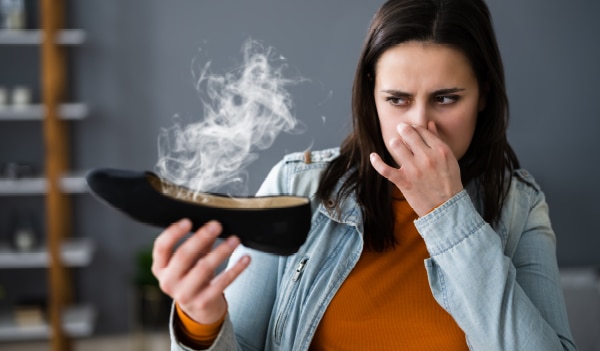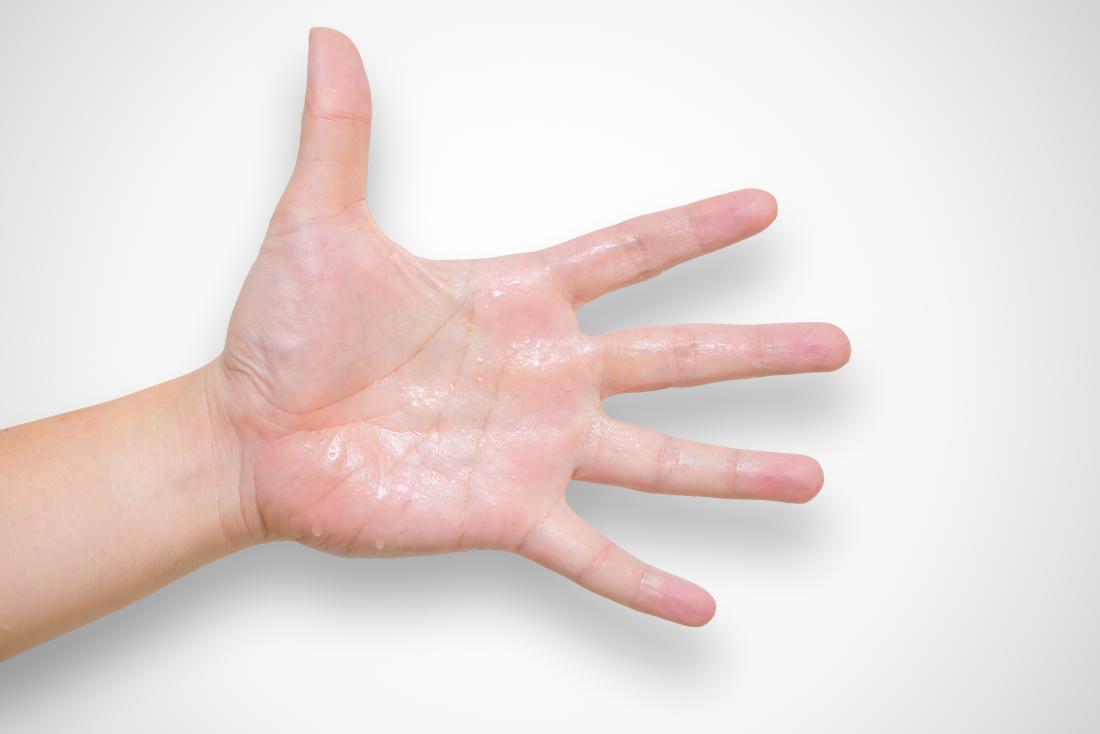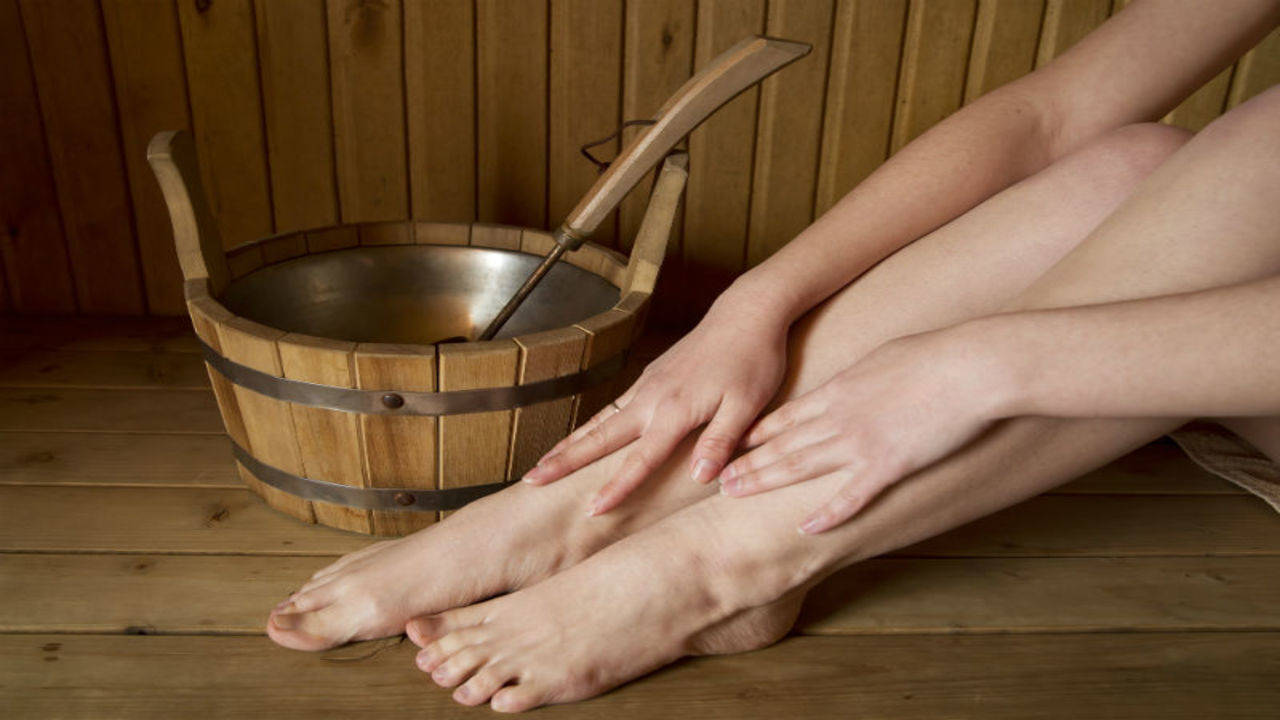Unveiling the Intricacies of Excessive Sweating: A Comprehensive Overview to Medical Diagnosis and Management
Extreme sweating, medically understood as hyperhidrosis, is a condition that influences a substantial number of people and can have an extensive effect on their high quality of life. While sweating is a natural bodily function, its overactivity in hyperhidrosis offers an unique collection of obstacles that usually go past simple discomfort.

Understanding Hyperhidrosis Causes
Hyperhidrosis causes can be credited to numerous variables such as genes, hormonal imbalances, and particular clinical conditions. Genetics play a substantial function in main focal hyperhidrosis, where individuals acquire the condition from their family participants. This kind of hyperhidrosis commonly materializes in specific locations like the palms, soles of the feet, underarms, and face. Hormonal inequalities, especially an overactive thyroid gland or menopausal adjustments, can likewise set off excessive sweating. In addition, specific medical problems such as diabetic issues, cardiovascular disease, and infections can lead to second generalised hyperhidrosis. These underlying health issues can interfere with the body's natural air conditioning system, triggering the gland to come to be overactive. Recognizing the source of hyperhidrosis is crucial in detecting and successfully managing this problem. By identifying the certain elements adding to excessive sweating, doctor can tailor treatment strategies to address the underlying reason, offering relief and boosting the lifestyle for people influenced by hyperhidrosis.
Recognizing Hyperhidrosis Manifestations

Additionally, hyperhidrosis signs may show up in emotional and social distress, as individuals might feel embarrassed or distressed concerning their sweating, resulting in avoidance of social scenarios (Exessive Sweating). In addition, repeated episodes of excessive sweating can lead to skin maceration, fungal infections, and an overall decline in self-confidence
Diagnostic Refine for Hyperhidrosis
Initiating the analysis process for too much sweating involves thorough examination of the individual's case history and health examination. Asking about the beginning, duration, and activates of sweating episodes is essential to set apart between main focal hyperhidrosis and secondary generalised hyperhidrosis. Clinical history needs to also include inquiries about medicines, clinical conditions, and family members history of hyperhidrosis.
During the physical exam, particular interest is paid to the locations affected by sweating. The health care provider may examine the level of sweating, check for indications of underlying problems, and review the effect of sweating on the individual's lifestyle. In addition, particular examinations like the gravimetric test, starch-iodine test, or skin conductance measurements may be conducted to evaluate the amount of sweat generated.
Additionally, in instances where additional hyperhidrosis is suspected, added examinations such as blood tests, urine examinations, and imaging research studies might be advised to determine the underlying source of extreme sweating. The diagnostic procedure intends to properly determine the type and root cause of hyperhidrosis to direct appropriate management methods.
Treatment Options for Hyperhidrosis
When resolving too much sweating, numerous therapy options are available to ease symptoms and boost the person's high quality of life. The therapy method for hyperhidrosis depends upon the seriousness of signs and the client's reaction to initial treatments.
Topical therapies, such as aluminum-based antiperspirants, are typically recommended as the first line click to investigate of protection for handling light cases of hyperhidrosis. These items function by connecting the sweat air ducts, therefore decreasing the quantity of sweat that gets to the skin's surface. For people with much more severe signs and symptoms, oral medications like anticholinergics might be recommended to aid lower sweating. These medications can have side effects and are not suitable for everybody.

Effective Management Strategies
To efficiently handle hyperhidrosis, a personalized and extensive treatment plan customized to the person's details demands and action to previous therapies is vital. This plan may incorporate a mix of healing techniques, including lifestyle modifications, topical Look At This therapies, dental medicines, botulinum toxin shots, iontophoresis, and in extreme situations, surgical treatments like gland removal or sympathectomy. Lifestyle alterations such as using moisture-wicking clothes, using antiperspirants, and exercising stress-reducing methods can complement clinical interventions. Topical antiperspirants consisting of light weight aluminum chloride are usually the first-line treatment, with stronger formulas readily available for resistant situations. Oral drugs like anticholinergics may be prescribed for generalised hyperhidrosis. Botulinum toxic substance shots are efficient for focal hyperhidrosis, offering short-lived Learn More Here relief by obstructing the release of acetylcholine. Iontophoresis, involving making use of a low electric current to minimize sweat gland task, can be useful for both palmoplantar and axillary hyperhidrosis. Surgical alternatives are normally reserved for serious, refractory cases and need mindful consideration of threats and benefits. A multidisciplinary method entailing skin specialists, health care doctors, and, if necessary, specialists, can maximize the management of hyperhidrosis.
Verdict
In final thought, hyperhidrosis is a condition characterized by excessive sweating, which can greatly influence a person's high quality of life. With proper medical diagnosis and monitoring methods, individuals suffering from hyperhidrosis can locate alleviation and improve their overall health.
Extreme sweating, medically known as hyperhidrosis, is a condition that influences a considerable number of individuals and can have an extensive effect on their quality of life. By recognizing the certain elements adding to extreme sweating, healthcare providers can customize treatment strategies to deal with the underlying cause, using relief and boosting the high quality of life for people impacted by hyperhidrosis.
Hyperhidrosis, identified by extreme sweating beyond what is needed for regulating body temperature level, can considerably impact an individual's top quality of life. Inquiring concerning the onset, period, and triggers of sweating episodes is critical to distinguish in between primary focal hyperhidrosis and additional generalised hyperhidrosis. Sweaty hands treatment.In conclusion, hyperhidrosis is a condition identified by excessive sweating, which can considerably influence an individual's high quality of life